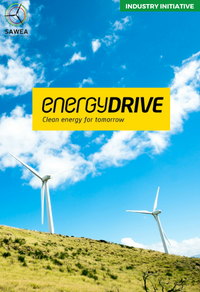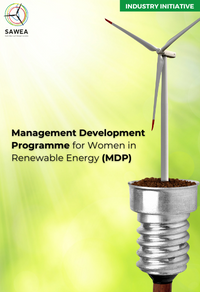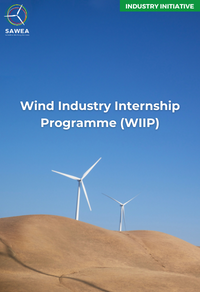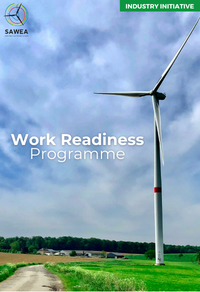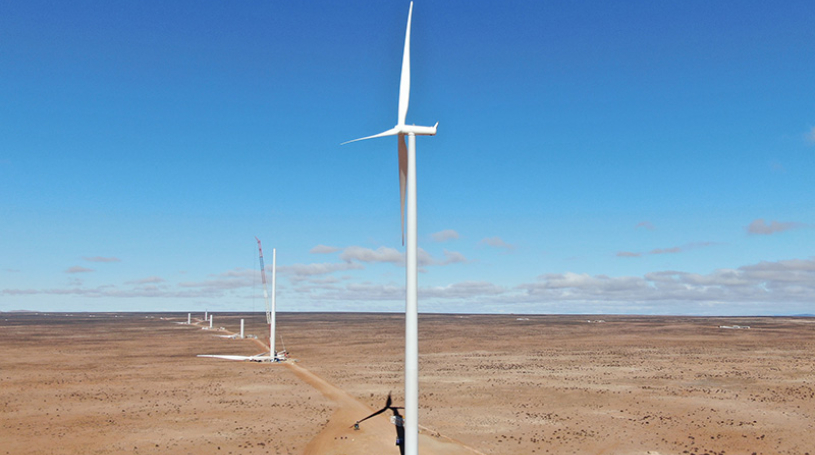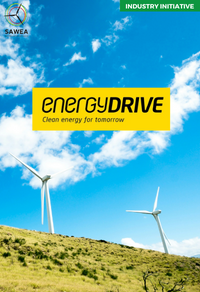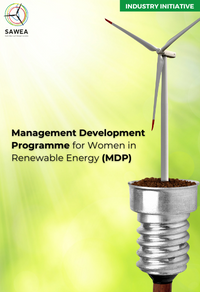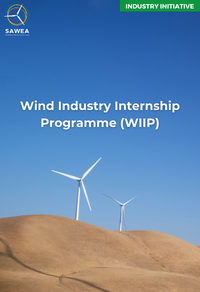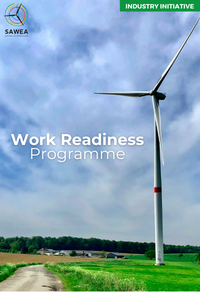SAWEA Advocates for Grid Optimization in the Absence of Urgent Transmission Build
If South Africa is to add the much needed 4GW – 5GW of new renewable energy generation capacity to the grid each year, solutions and efforts will need to be employed to optimise the existing transmission infrastructure capacity – providing an interim short term solution to allow Eskom more time to implement the Transmission Development Plan, which has now passed levels of urgency. The employment of multiple solutions and improved energy mechanisms are required, if another failed renewable energy independent power producer procurement program (REIPPP) bid window is to be avoided, says the South African Wind Energy Association (SAWEA). “We have been engaged in efforts to tackle the issues regarding access to the grid and the unlocking of grid capacity since early 2022, whilst urging key stakeholders to prioritise the transmission build. However, more than a year later, having reviewed the 2022/2023 Grid Connection Capacity Assessment (GCCA) report, our industry is faced with the reality that the areas of highest wind resource potential in the country are either already depleted or close to being depleted in terms of available grid capacity – a sobering reality that was already known before the last public procurement bidding round,” said Niveshen Govender, CEO of SAWEA.
A multi-technology collaborative renewable energy task team, bringing together the wind and solar PV industry associations, has been working on the crucial task of addressing and overcoming the blockages that are preventing new renewable power generation being connected to the country’s national grid. “Following the Bid Window 6 upset, when not a single wind project advanced to preferred-bidder status, owing to grid constraints in the Cape provinces, it has become increasingly important to understand the methods that were used to allocate the grid capacity ensuring fair and transparent processes, so that we can ensure access for both private and public procurement,” added Govender. While commending the work done by the Eskom team, the Grid Allocation Rules need to be finalised to provide clarity to the market and ensure further delays in allocating grid capacity to renewable energy projects are reduced. He further explains that the necessity of modifying the Grid Allocation Rules goes beyond the short term, as once the country finds itself in possession of a more robust transmission system that sufficiently serves the country’s energy needs, the optimal management thereof will be just as necessary.
Other short term measures include the addition of the Battery Energy Storage Capacity Bid Window, already underway and that will add a capacity totalling 1 230MW in two bid windows this year; and then thirdly the exploration of co-locating renewable technologies across wind and solar PV, chiefly in the resource rich provinces. By pairing wind and solar power plants, a single transmission connection point can be used more effectively, matching renewable energy generation profiles with energy demand.
This provides the country’s national grid network operator (Eskom), with increased uptake of power at a particular point. There are matters of grid balancing and curtailment that need to be considered and well managed for such solutions to be employed. SAWEA believes that this is technically viable looking towards stakeholders to work with the Wind industry to create mechanisms to add new generation capacity. Considering that it has been proven in global energy markets that co-location of wind, solar PV and energy storage technologies offer more stable, predictable and dispatchable power output, the option of shared grid connections makes sense in the efforts to optimise the current grid infrastructure. “Beyond the economics, international examples of energy planning demonstrate that co-location is a viable consideration if we are to optimise the grid. This is simply because wind production peaks in the late afternoon and continues throughout the night, which compliments solar production during the day, hence we can expect that developers will seriously consider this, especially as it offers feasible cost reductions that will benefit the country,” concluded Govender.

